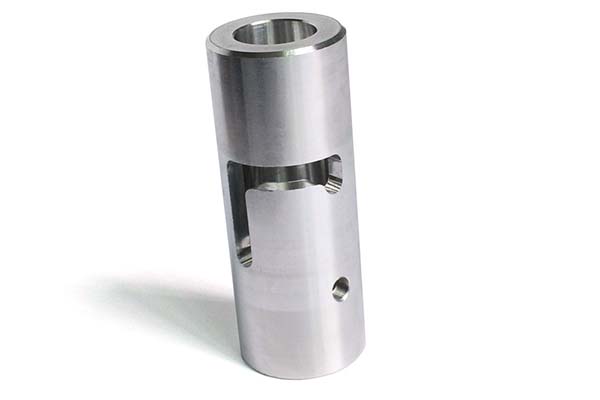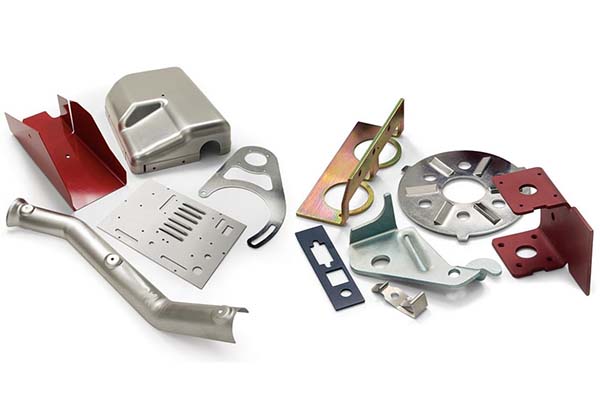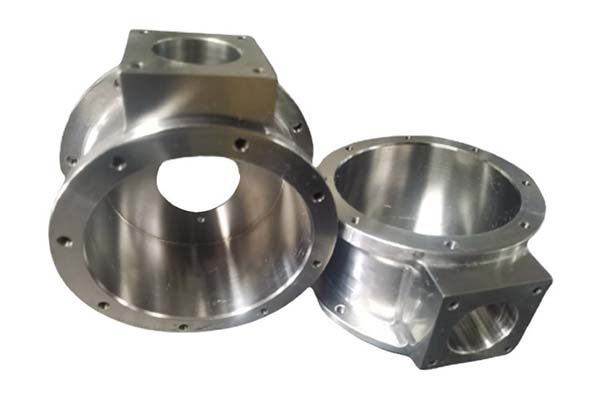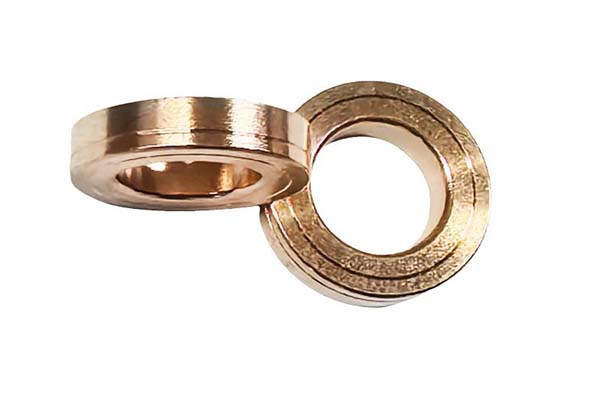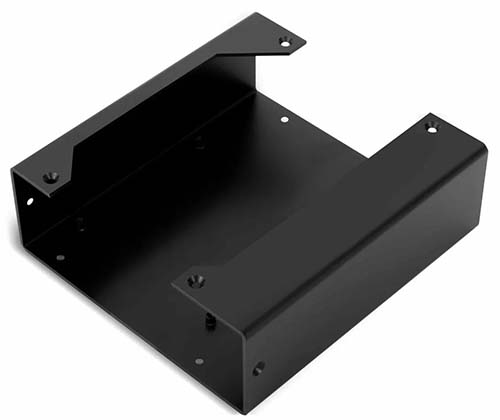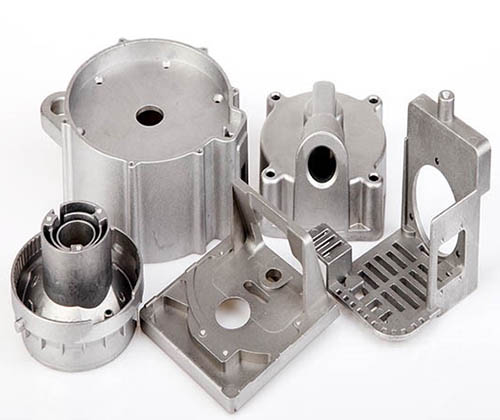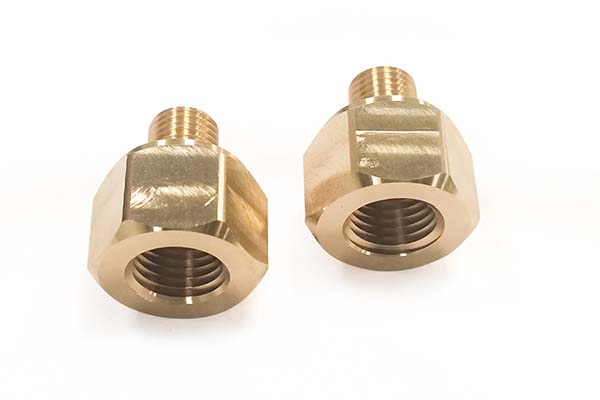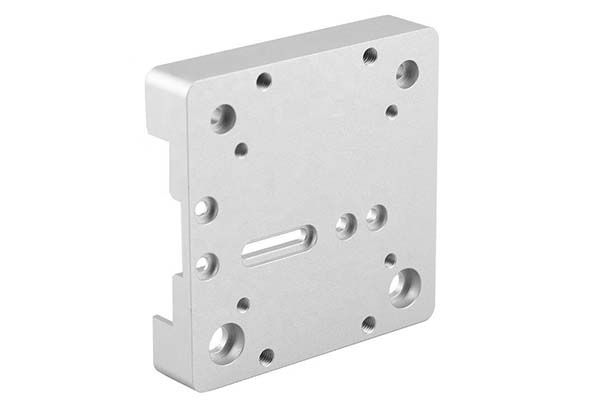Manufacturers in search of a high-strength aluminum alloy that can be stamped into durable, precise components often face a dilemma. Many strong alloys lack formability, cracking during complex bends or draws, while more malleable ones can’t withstand heavy loads. This is where Metal Stamping 6061 (Mg-Si Alloy) comes into play. As a heat-treatable aluminum-magnesium-silicon alloy, 6061 offers an impressive blend of strength and workability—yet stamping it requires careful technique to avoid common issues like cracking and galling. In this guide, we’ll address these challenges, exploring 6061’s properties, processes, and applications to help you achieve reliable, high-quality results.
Metal Stamping Process for 6061 Aluminum
Stamping 6061 aluminum demands a strategic approach to balance its strength and formability:
- Progressive Die Stamping 6061: Ideal for high-volume parts like automotive brackets, this process uses a sequence of dies to shape the material step-by-step. For 6061, include annealing stations every 2–3 steps to counteract work hardening, which can make the alloy brittle.
- Deep Drawing 6061 Aluminum: Possible but limited compared to softer alloys. Aim for draw ratios of 1.5:1 to 2:1, using slow press speeds (10–15 strokes per minute) to prevent tearing. Apply a heavy-duty lubricant with extreme pressure additives to reduce friction.
- Aluminum Sheet Metal Stamping: Start with properly conditioned sheets—clean, flat, and free of scratches. Use precision blanking to ensure consistent material thickness, as 6061 is less forgiving of unevenness than pure aluminum.
The key to success lies in matching the process to 6061’s temper. For example, 6061-O (annealed) is more formable but weaker, while 6061-T6 (heat-treated) offers maximum strength but requires gentler handling.
Properties of 6061 (Mg-Si) Aluminum Alloy
6061’s performance is defined by its unique 6061 aluminum alloy composition: 95.8–98.6% aluminum, 0.4–0.8% silicon, 0.8–1.2% magnesium, and trace amounts of copper and chromium. This creates a Mg-Si alloy with standout properties:
- Strength: Tensile strength ranges from 110 MPa (annealed, 6061-O) to 310 MPa (heat-treated, 6061-T6), making it one of the strongest readily stampable aluminum alloys.
- Hardness and Ductility: 6061-T6 has a Brinell hardness of 95 HB, while 6061-O is softer at 30 HB. Ductility decreases with strength—6061-O offers 25% elongation, compared to 12% for 6061-T6.
- Heat Treatability: Unlike non-heat-treatable alloys like 5052, 6061 can be strengthened through solution annealing and aging, allowing post-stamping hardness adjustments.
- Corrosion Resistance: Good overall, though not as strong as 5052. It resists atmospheric corrosion well, making it suitable for outdoor applications.
A comparison of tempers highlights their stamping suitability:
| Temper | Tensile Strength | Elongation | Best For |
| 6061-O | 110 MPa | 25% | Complex forming |
| 6061-T4 | 240 MPa | 16% | Moderate forming + strength |
| 6061-T6 | 310 MPa | 12% | Simple shapes + maximum strength |
This makes 6061-T6 vs 6061-O for stamping a trade-off between formability (O) and strength (T6).
Applications of Stamped 6061 Aluminum Parts
6061’s strength and versatility make it indispensable across industries:
- Aerospace Aluminum Stamping Components: Structural brackets, wing ribs, and landing gear parts rely on 6061-T6 for its high strength-to-weight ratio.
- Automotive Stamped 6061 Aluminum Parts: Suspension components, engine mounts, and frame reinforcements benefit from its durability and impact resistance.
- 6061 Aluminum Enclosures & Housings: Electronics cases and industrial enclosures use 6061 for its ability to protect internal components while remaining lightweight.
- Stamped Heat Sinks 6061 Alloy: Its thermal conductivity (167 W/m·K) makes it effective at dissipating heat in LED fixtures and power supplies.
Each application leverages 6061’s unique balance of strength, formability, and corrosion resistance.
Challenges & Solutions in Stamping 6061 Aluminum
Stamping 6061 comes with unique hurdles, but proven solutions exist:
- Cracking in 6061 Aluminum Stamping: Most common in T6 temper. Use 6061-O for complex bends, or anneal T6 parts before forming. Ensure punch and die radii are at least 3× material thickness to reduce stress concentration.
- Preventing Galling in Aluminum Stamping: 6061’s silicon content increases the risk of material transfer to tooling. Use polished dies (Ra ≤ 0.4 μm) and chlorinated lubricants to create a barrier between the alloy and tooling.
- Springback Control: 6061 exhibits significant springback (5–7 degrees in T6 temper). Over-bend by 2–3 degrees and use pressure pads to hold the material firmly during bending.
- Lubrication for 6061 Metal Forming: Choose lubricants designed for heat-treatable alloys—synthetic or semi-synthetic options with high viscosity index perform best, especially for deep drawing.
- Annealing 6061 Before Stamping: Heat T6 parts to 343°C (650°F) for 2–3 hours, then air-cool, to restore ductility. This is critical for parts requiring multiple forming steps.
Tooling & Equipment for 6061 Aluminum Stamping
The right tools and equipment are essential for stamping 6061:
- Best Dies for 6061 Aluminum Stamping: Use carbide or D2 tool steel dies, which resist wear from 6061’s hardness. Coat dies with titanium nitride (TiN) to further reduce friction and extend tool life.
- Hydraulic Press vs Mechanical Press for Aluminum: Hydraulic presses are preferred for 6061, as their variable speed and force control reduce the risk of overloading the material. For high-volume runs, mechanical presses with servo drives offer precise control.
- CNC Stamping for Precision 6061 Parts: CNC-controlled presses ensure consistent force application, critical for maintaining tight tolerances (±0.01 mm) in aerospace and automotive components.
- Progressive Die Design for Aluminum: Include generous clearance (10–12% of material thickness) to reduce tool stress. Add stripper plates to prevent the material from sticking to punches.
Yigu Technology’s Perspective
As a custom manufacturing supplier in China, Yigu Technology specializes in Metal Stamping 6061 (Mg-Si Alloy) for aerospace, automotive, and industrial clients. We tailor processes to 6061’s temper—using 6061-O for complex parts and T6 for high-strength components—with precision tooling and annealing steps to prevent cracking. Our quality control includes tensile testing and dimensional checks, ensuring parts meet your exact strength and tolerance requirements.
FAQs
- Can 6061 be stamped into thin-walled parts?
Yes, but wall thickness should be at least 0.5 mm to avoid tearing. Use 6061-O for thin parts, and apply slow press speeds with ample lubrication.
- How does 6061 compare to 5052 for outdoor applications?
5052 offers better corrosion resistance, making it better for marine or saltwater environments. 6061 is preferable for outdoor structural parts needing higher strength.
- What’s the maximum thickness for stamping 6061?
Practical for sheets up to 6 mm thick. Thicker material (6–10 mm) requires heavy-duty presses and may need pre-heating to 120–150°C to improve formability.
